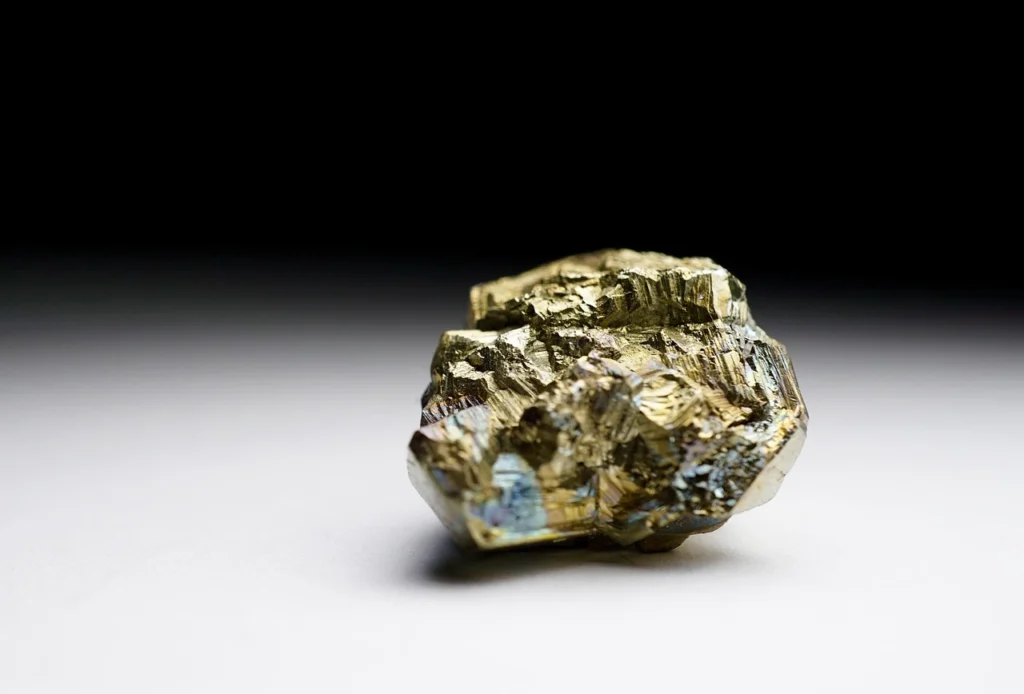In a world racing toward green energy, high-tech innovation, and geopolitical power plays, a new kind of resource war is heating up—not for oil or gold, but for critical minerals. These are the unsung heroes inside your smartphone, electric vehicle, wind turbine, and even defense systems. They’re in high demand, limited in supply, and increasingly shaping the politics of the 21st century.
But what exactly are critical minerals? Why is everyone scrambling to get a piece of them? let see.
What Are Critical Minerals?
Critical minerals are natural elements and compounds that are –
- Essential for the economy and national security,
- Vulnerable to supply chain disruptions, and
- Difficult to substitute or replace in critical technologies.
Different countries maintain their own lists of what they consider “critical,” depending on their industrial needs and geopolitical strategies. However, there’s a strong overlap in the global appetite for certain minerals that power clean energy technologies, electronics, and military equipment.
The Star Players -A Breakdown of In-Demand Critical Minerals
1. Lithium – The “White Gold” of the 21st Century
Used in – Lithium-ion batteries for EVs, smartphones, laptops, grid storage
Why it matters – The energy transition depends on lithium. Demand is expected to quadruple by 2030.
Key producers – Australia, Chile, China
Tug-of-war – Countries are rushing to secure lithium mining and refining capacity. China currently dominates the midstream processing chain.
2. Cobalt – Vital but Controversial
Used in – High-performance batteries, aerospace alloys
Why it matters – Enhances energy density and battery life.
Key producers – Democratic Republic of Congo (70% of global output), China
Issues – Environmental destruction and human rights violations in artisanal mining sectors have drawn major criticism.
3. Rare Earth Elements (REEs) – Tiny Elements, Massive Influence
Used in – Wind turbines, electric motors, defense systems, smartphones
Why they matter – Neodymium and dysprosium are used in powerful magnets.
Key producers – China (controls over 80% of supply), USA, Myanmar
Geopolitical impact – REEs are a flashpoint in US-China relations. In 2010, China restricted exports to Japan, showing how easily the supply can be weaponized.
4. Nickel – Not Just for Coins Anymore
Used in – Batteries, stainless steel, aerospace
Why it matters – Nickel-rich batteries hold more energy.
Key producers – Indonesia, Philippines, Russia
Trends – Battery-grade nickel is becoming a chokepoint. There’s a shift away from coal-powered smelting to greener extraction methods.
5. Graphite – The Unsung Hero of EVs
Used in – Battery anodes, lubricants, refractories
Why it matters – A single EV battery needs ~50–100 kg of graphite.
Key producers – China, Mozambique, Madagascar
Concerns – Nearly all battery-grade graphite is processed in China, creating supply chain vulnerability.
6. Copper – The Artery of Electrification
Used in – Power lines, EVs, wind turbines, electronics
Why it matters – Copper is crucial for energy transfer.
Key producers -Chile, Peru, China
Outlook – As the world electrifies, copper demand could double by 2035. But high-grade copper ores are becoming harder to find.
Who Wants Them—and Why?
Governments, tech giants, automakers, and even hedge funds are entering the mineral rush:
- USA is pouring billions into domestic mining and recycling projects through the Inflation Reduction Act.
- China is expanding its dominance in refining and processing facilities.
- Europe is scrambling to diversify sources through new trade deals and the Critical Raw Materials Act.
- EV giants like Tesla and BYD are striking direct supply deals with miners.
- Defense contractors are urging governments to secure access to materials for weapons and satellites.
A New Era of Resource Geopolitics
Critical minerals are changing the global power game. Countries that control the mining, processing, or refining of these resources hold leverage over global industries. And while the scramble is economic in nature, the implications are deeply political.
This has triggered –
- Resource nationalism – Countries like Indonesia and Chile are tightening control over mineral exports.
- “Friendshoring” – Nations are moving supply chains closer to allies.
- Strategic stockpiling – Similar to oil reserves, countries are now stockpiling lithium and rare earths.
Can Recycling Save the Day?
One of the most promising developments is the rise of urban mining—extracting critical minerals from used electronics and batteries.
- Companies like Redwood Materials and Li-Cycle are building large-scale battery recycling plants.
- Recycled materials can potentially reduce the need for virgin mining by 10–30% over the next two decades.
- Governments are incentivizing circular supply chains to reduce reliance on unstable regions.
But recycling alone isn’t a silver bullet—supply still needs to scale massively.
The Dark Side: Environmental and Social Costs
While critical minerals are key to a greener future, extracting them often comes at a steep cost:
- Deforestation and toxic runoff from mining
- Water scarcity in arid mining regions
- Child labor and conflict funding in places like the DRC
- Community displacement and Indigenous rights violations
Sustainable and ethical sourcing is essential—but not yet the industry norm.
What Lies Ahead?
The race for critical minerals is just beginning. With the global push for decarbonization, electrification, and technological supremacy, demand will skyrocket in the next two decades. But how the world navigates this mineral rush—ethically, sustainably, and geopolitically—will define more than just markets. It will shape our energy future.
So next time you plug in your EV, scroll through your phone, or store solar power in a battery—remember you’re part of a global scramble for materials that everyone wants a piece of.



